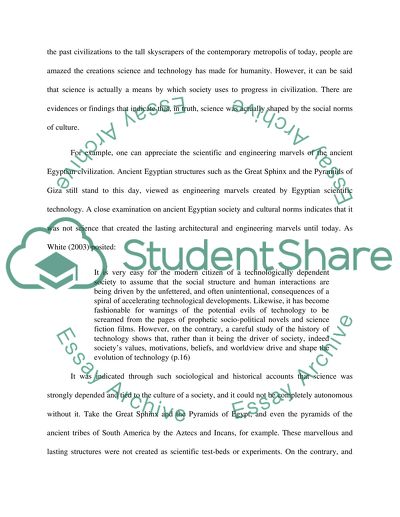Cite this document
(“Science: A Social and Cultural Examination Essay”, n.d.)
Science: A Social and Cultural Examination Essay. Retrieved from https://studentshare.org/sociology/1401004-science-a-social-and-cultural-examination
Science: A Social and Cultural Examination Essay. Retrieved from https://studentshare.org/sociology/1401004-science-a-social-and-cultural-examination
(Science: A Social and Cultural Examination Essay)
Science: A Social and Cultural Examination Essay. https://studentshare.org/sociology/1401004-science-a-social-and-cultural-examination.
Science: A Social and Cultural Examination Essay. https://studentshare.org/sociology/1401004-science-a-social-and-cultural-examination.
“Science: A Social and Cultural Examination Essay”, n.d. https://studentshare.org/sociology/1401004-science-a-social-and-cultural-examination.


